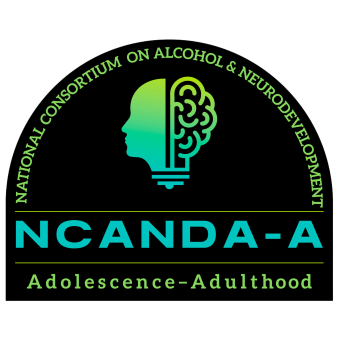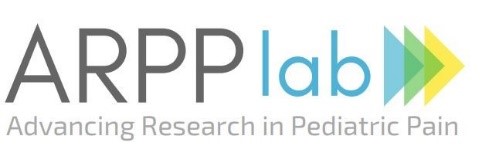Current Research
ABCD Study
ABCD Study

The Adolescent Brain and Cognitive Development Study (ABCD) is the largest study of its kind to date. This landmark study is a collaborative effort by top researchers across the United States and will follow 10,000+ healthy children from age 9-10 into early adulthood. The project will measure brain maturation in the context of social, emotional and cognitive development.
With study sites across the U.S. and Hawaii, the ABCD project will recruit participants from diverse racial, ethnic, educational, and environmental backgrounds. Findings from this project will help to distinguish environmental, sociocultural, and genetic factors relevant to brain and cognitive development. This study has enormous potential to inform prevention, treatment intervention, and public health strategies for mental health and substance use.
Recruitment for the ABCD study is closed.
Youth Ages: 9-10
For more information please visit: https://abcdstudy.org/
IMPACT Study
IMPACT Mental Health Study

According to the CDC, nearly one in five children experience mental health conditions. The purpose of this study is to better understand how to effectively identify common mental health conditions in children to ensure early intervention.
We plan to recruit children and their parents/caregivers from several regions of the country. If successful, this research could help improve how quickly and accurately children are identified for mental health support, and help predict important outcomes like worsening symptoms, suicidality, and utility of healthcare services.
Youth Ages: 6-16
Funded by NIMH U01 MH135970
NCANDA-A Study
NCANDA-A Study

The National Consortium of Alcohol on NeuroDevelopment in Adolescence to Adulthood (NCANDA-A) is a collaborative effort by several top researchers and research facilities across the country. This study aims to determine the effects of alcohol use on the developing adolescent and young adult brain, with the overarching goal of advancing our understanding of factors influencing brain development more broadly. This study has been approved for 15 years, with annual data collection on nearly 850 participants across 5 sites nationally.
At each visit site, including OHSU, 12-21-year-old participants completed a baseline assessment and have undergone annual follow-up assessments in a longitudinal design. We are examining behavior and structural and functional maturation of brain areas that are actively developing during adolescence into young adulthood, involved in behavioral regulation and response to rewards, and thought to be vulnerable to alcohol effects. Studied in the context of risk and baseline brain characteristics, we will determine both the effects of alcohol exposure on the developmental trajectory of the human brain, and identify preexisting psychobiological vulnerabilities that may put an adolescent at elevated risk of an alcohol use disorder or other forms of psychopathology. We will continue to measure alcohol and substance use, as well as mental health more broadly through young adulthood.
The main focus of the OHSU consortium site has been to use resting state functional connectivity to characterize the developmental trajectory of brain networks over time, as well as examine the impact of alcohol-induced neurotoxicity on the integrity of these networks in relation to behavior. NCANDA-A also conducts specialty projects at different sites on the impact of sleep, response inhibition, and recovery with alcohol discontinuation.
Recruitment for the NCANDA-A study is closed.
Youth/Young Adult Ages: 12-21 (when enrolled)
Funded by NIAAA grant 2U01AA021691 (Nagel)
For more information please visit: www.ncanda.org
PBS Study | Enrolling!
Pain Brain Study (PBS) - Currently Enrolling!

Chronic pain is a common problem affecting millions of children and adolescents across the world. Despite significant efforts to develop effective treatment strategies, the underlying mechanisms that contribute to the progression from acute to chronic pain remain poorly understood.
The purpose of the Pain Brain Study (PBS) is to explore how the brain, behavior, and environment may impact risk for chronic musculoskeletal (MSK) pain in children and adolescents. To do this, we ask many survey questions about the youth’s history of pain, responses to pain, and health. The youth also attends one in-person visit where they will undergo sensory testing, as well as magnetic resonance imaging (MRI) scans while receiving a pressure stimulus to measure their pain intensity ratings and brain activation patterns. During the course of the year, participants and parents will be asked to complete 3 more virtual follow-up surveys along with daily diaries that youth use to rate their pain over the course of 7 days at each time point.
This study may provide important insights into the relationship between pain, behavior, and the environment in an effort to identify risk factors that contribute to the development of chronic MSK pain.
Youth Ages: 11-17
Funded by NIH grant R01 AR080228
Recruitment: Currently Enrolling, learn more here!

If you'd like to learn more about participating in our study, please fill out this interest form!